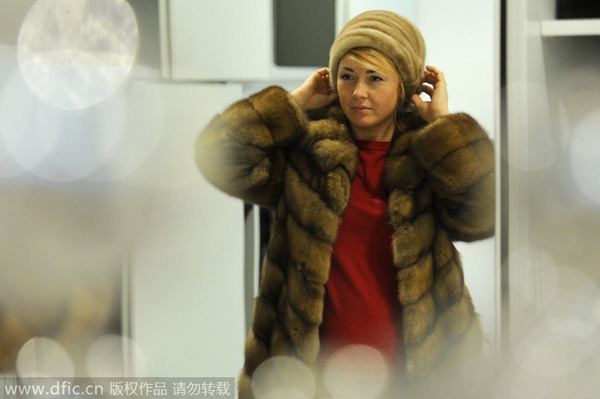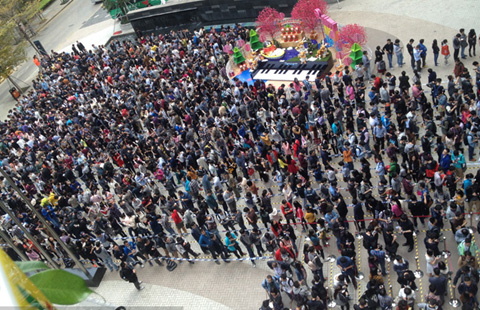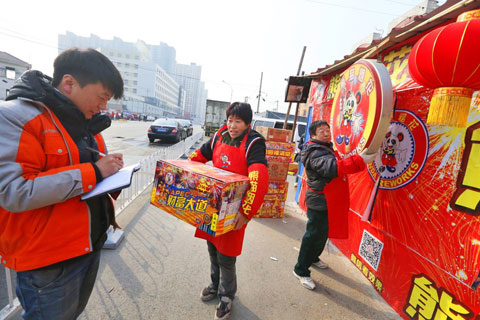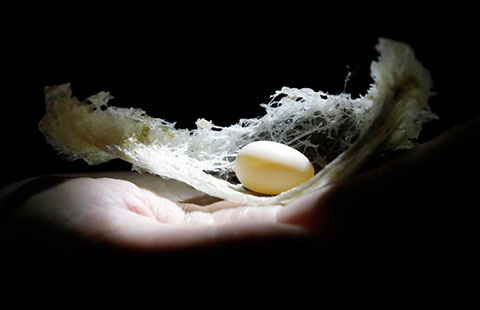China's mink farmers feel the chill as Russian market weakens
By Wang Zhuoqiong In Beijing And Zhao Ruixue In Weihai, Shandong. (China Daily) Updated: 2015-02-27 07:10
 |
|
A woman trying on a fur coat at Yekaterina's Furs store in Moscow, Russia, Oct 6, 2012. [Photo/IC] |
Many plan to focus on growing demand for high-quality garments in domestic market
Mink farmers in China had a harsh winter as prices and demand fell in reaction to weak markets in Russia and Eastern Europe.
Wang Yongquan, deputy head of the Husbandry Bureau in the Wendeng district of Weihai, a city in East China's Shandong province, said the export volume of fur in 2014 in Wendeng dropped 30 percent year-on-year. Russia has long been its largest foreign market.
Fur prices have been low since September, said Wang. For example, the price for a male mink's pelt was 300 yuan ($48) or more, and that of a female was 200 yuan, at the peak in 2013. But in 2014, male pelts were priced at an average of 180 yuan.
According to the China Fur Association, exports of raw fur products in the first 11 months of last year totaled 6 million kilograms, down from 7.5 million kg in 2013.
"Many farmers are holding back their furs and waiting for the price to surge this year," Wang said. "The number of farmed fur animals was cut 30 to 40 percent in 2014."
Wendeng district is home to more than 8,600 farms that raise 14 million fur-bearing animals. Of those, about 7 million are minks and 2 million are foxes. These farms account for about one-third of domestic mink production.
Mink farming is concentrated in Shandong, Liaoning and Hebei provinces. Shandong is by far the dominant source, accounting for over 76 percent of total mink products, according to the CFA.
Sun Kai, secretary-general of the Textile and Garment Chamber's fur branch at the All China Federation of Industry and Commerce, said that slowing global demand for fur products has had a major impact on farmers in Shandong province and a lesser effect on producers in Northeast China.
- China's local govt bond market to develop further in 2015: Moody's
- Li Ka-shing's firms report biggest profits ahead of merger
- Lenovo site hacked after adware blunder
- China's smaller cities 'new source' of growth in fur sales
- China's mink farmers feel the chill as Russian market weakens
- Guangdong to raise minimum wage by 19%
- Consumption becomes key driver of China's economy
- Top 10 best-selling SUVs in Chinese mainland in 2014

















